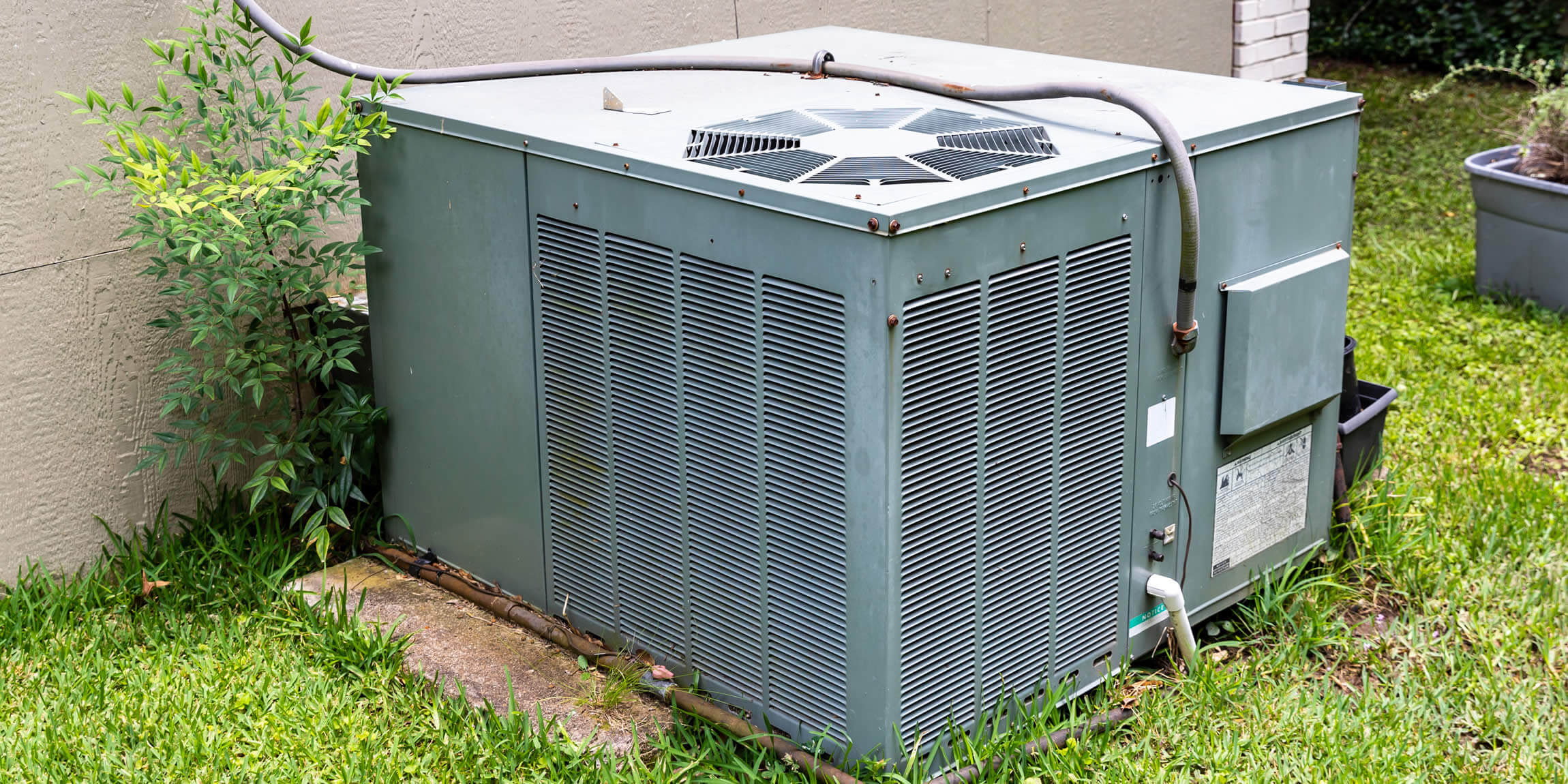Packaged HVAC Cost Calculator
Package Unit Installation and Replacement Cost Estimator
Use our packaged HVAC cost estimator on this page to help you understand the approximate cost to install or replace the package heating and air system in your home. It’s designed to help you determine the installation cost of the equipment and installation labor, permits and inspections only. It does not include options for new duct work or accessories, outside of those needed to connect the new system to your existing duct.
Works with these Packaged HVAC Systems
- AC Only Packaged Systems (with or without electric heat)
- Gas Packs with Furnace and Air Conditioner
- Heat Pump Packaged Units
- Ground, Raised Platform or Roof Mounted Packaged HVAC
If you want to learn more about factors affect the cost of packaged HVAC systems, explore the pages below.
Data Resources for this Cost Calculator
We make use of several resources to gather the data used in our HVAC cost calculators. It assures you the most accurate cost estimates based on real scientific data from trusted resources.
- Cost of living data: US Department of Commerce, Bureau of Economic Analysis.
- Labor costs: US Bureau of Labor Statistics, NAICS 238220 Plumbing, Heating and Air Conditioning Contractors
- Flat-rate services cost strategy
- HVAC Equipment, parts and supplies:
- Dealer Preferred Industry pricing from manufacturers though our relationship with licensed HVAC companies.
- HVAC Direct
- The Furnace Outlet
- Overall costs are compiled by a averaging the cumulative costs submitted by our partner HVAC professionals who have used this as a estimating tool for their own purposes and made their estimates public. We’ve removed all personal identifying data and used aggregate values only.

